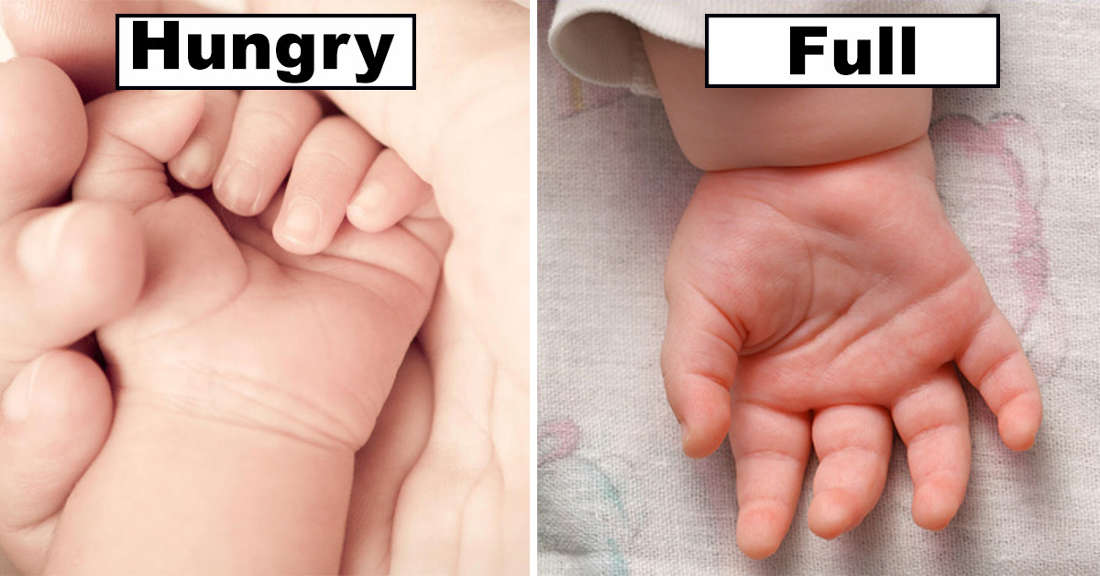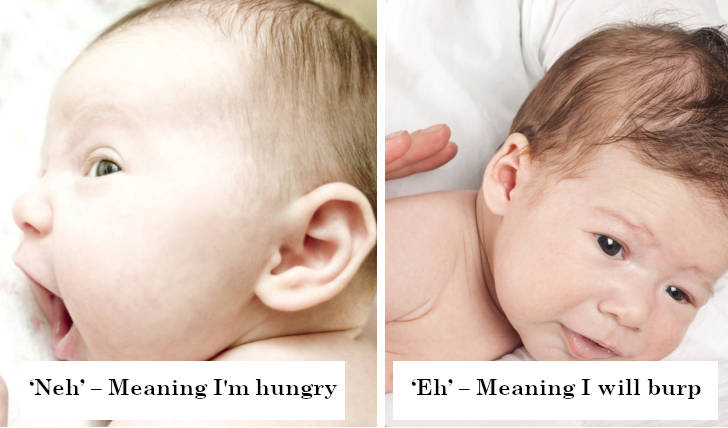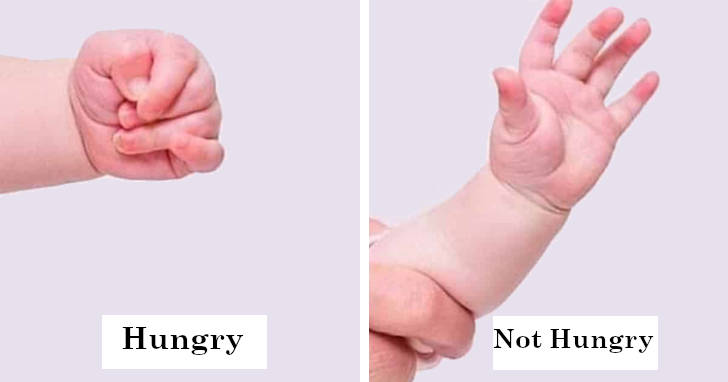When an infant is tiny and young, the parents of the cute monstrosity are always anxious about its well-being. They have to put in all their effort, time, and energy into their child. Since such tiny infants have no way to communicate things, it is helpful to watch out for these signs to understand your baby better.
There are three main things to look out to understand your baby better.
- How They Cry
- The Way They Sound
- How They Move
Don’t worry, we will obviously explain further on what to look out for and what each of the signs mean so that you can take care of your devil munchkin well.
1. How They Cry
Babies express their needs by crying up to about 4 months of age. But, how are we to comprehend whether an infant is hungry, in pain, or even something else?
- Calling baby cry This is when a child has been kept alone for extended periods of time and wants the caretakers to pay attention to it again. They will cry intermittently for 6-7 seconds, pausing for 20 seconds in anticipation of action. If no one responds, they will continue the tirade until they are given attention.
- Hungry baby cry. This can begin with the calling cry. But if attention has not been provided and the child has not been fed, it will go on and lead to a hysterical cry. The spawn may also rotate its head and make strange smacking sound using its mouth.
- Pain cry. The crying pattern of the child will be droning, constant, and awful. The bursts of hysteria will increase from time to time indicating an increase in pain. It is also important to keep in mind that in case the child is falling sick, the crying will be droning but quiet. This is obvious because it takes strength to utter loud and awful sounds.
- Physiological Process cry. The baby will whine and squeak when it defecates, urinates, and/or passes gas.
- Sleepiness cry. When the spawn has the desire to nap, but cannot due to any reason, the cry will seem offended. It will be like smooth whining which is followed by yawns. The child will also wipe the ears and eyes.
- Discomfort cry. This type of crying is intermittent and irritated. It is also in addition to fidgeting. The spawn will also arch and flail. It is an indication to pay attention to their diaper or too many or too little clothing.
Furthermore, very small spawns might cry if they are just bored or want a different environment.
2. The Way They Sound
Priscilla Dunstan, an Australian pediatrician has been researching and studying infant sounds for 20 years. Several thousand babies have been a part of her research. Dunstan is of the belief that chief reflex noises are universal. It is upon turning 4 months old that babies learn to exhibit sounds that relate to other physical needs.
Dunstan has started a school to make new parents find out more about their babies. It is thought that identifying sounds well within time are helpful in the prevention and killing of a fresh crying scene.
The generic sounds which are exhibited are:
- ‘Neh’ – Meaning the offspring is hungry: This utterance is when the child sucks in the air after pushing the tongue to the palette of the mouth.
- ‘Eh’ – Meaning the offspring will burp: This utterance is when surplus air leaves the body and the child lets it out of their mouth.
- ‘Owh’ – Meaning the offspring is tired: This utterance is produced by the folding of lips prior to the yawns.
- ‘Heh’ – Meaning the offspring is uncomfortable: Sensations which are not pleasant to babies will make them move and also jerk their feet and hands. These movements end up producing the ‘Heh’ sound, more so when the mouth is somewhat open.
- ‘Eairh’ – Meaning the offspring has pain and gas in their stomach: These utterances are likely to get distorted, presenting themselves as a moan as the child strains their abdomen and breathes to ease the discomfort.
3. How They Move
How infants move also goes a long way towards how your precious child is feeling. It is always important to stay glued to the baby giving it all the attention you can possibly provide.
- Back Arching: Offspring that are younger than 2 months usually do this in response to colic and pain. If a child arches their back having just eaten, it is a sign that they cannot eat further. In case the spawn is 2 months and older, this indicates bad mood and fatigue.
- Head Rotation: This movement is calming for infants. The spawn usually does this prior to slumber or in the presence of strangers.
- Ear Grabbing: This is usually just the baby checking out its own body. Doctors must be consulted if this activity leads to crying and is repetitive.
- Fist Clenching: The spawn is indicating that it is hungry and you must feed it. It is possible to kill hysterical crying if the child is stuffed with food in time.
- Leg Lifting: This happens to be an indication of colic and stomach pain. The spawn is just attempting to ease the discomfort.
- Arm Jerking: This movement is indicative of the fact that the offspring got scared. Strange and loud noises, bright lights, and even sudden awakening may induce this reflex. The child must be comforted in this situation.
It is recommended to talk to the child as much as possible all the time. You must explain and show the world around them, even if they do not understand anything. It is going to help them begin interacting with adults with the help of specific gestures and sounds. Not to forget that they might develop in a better manner if you do this regularly.












